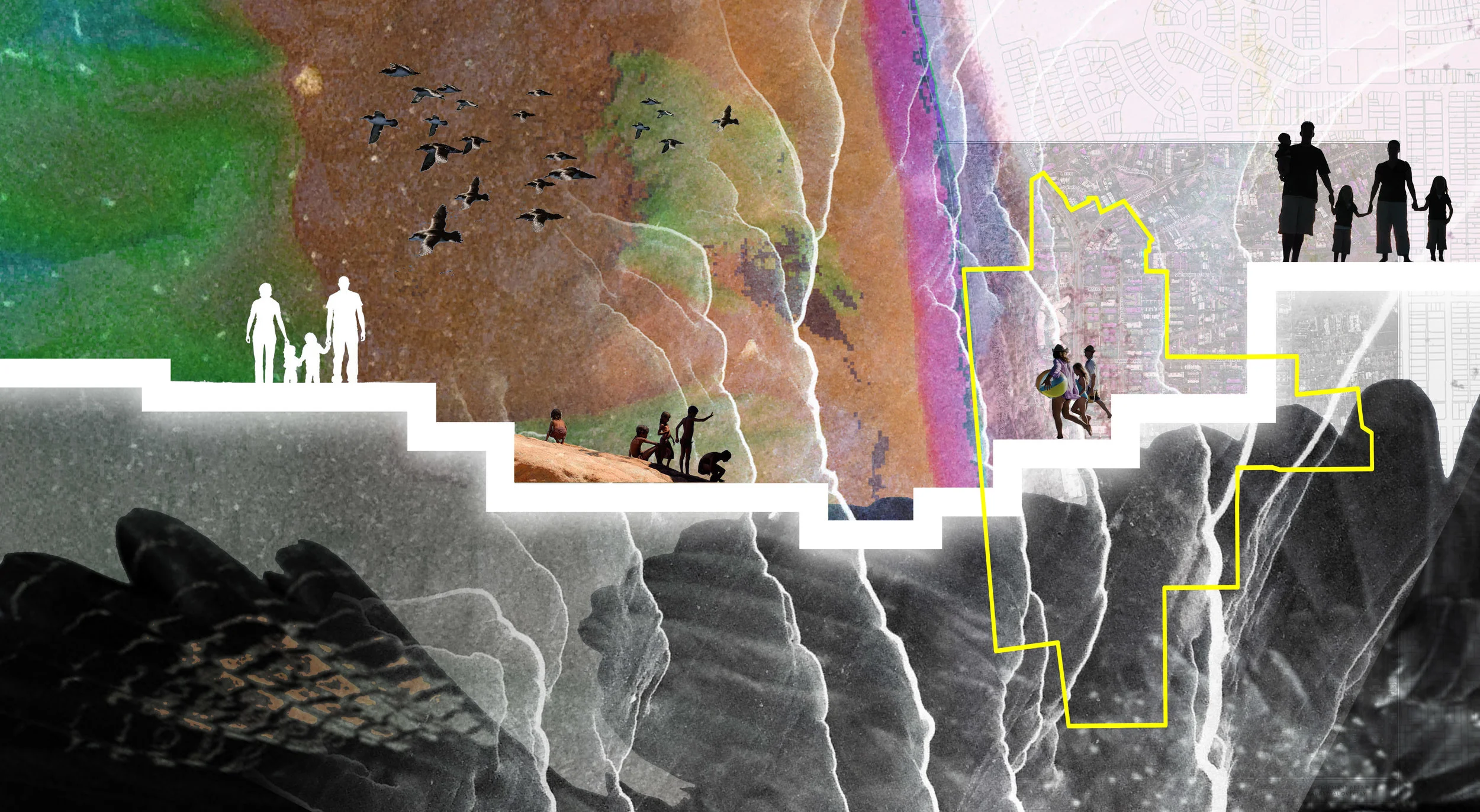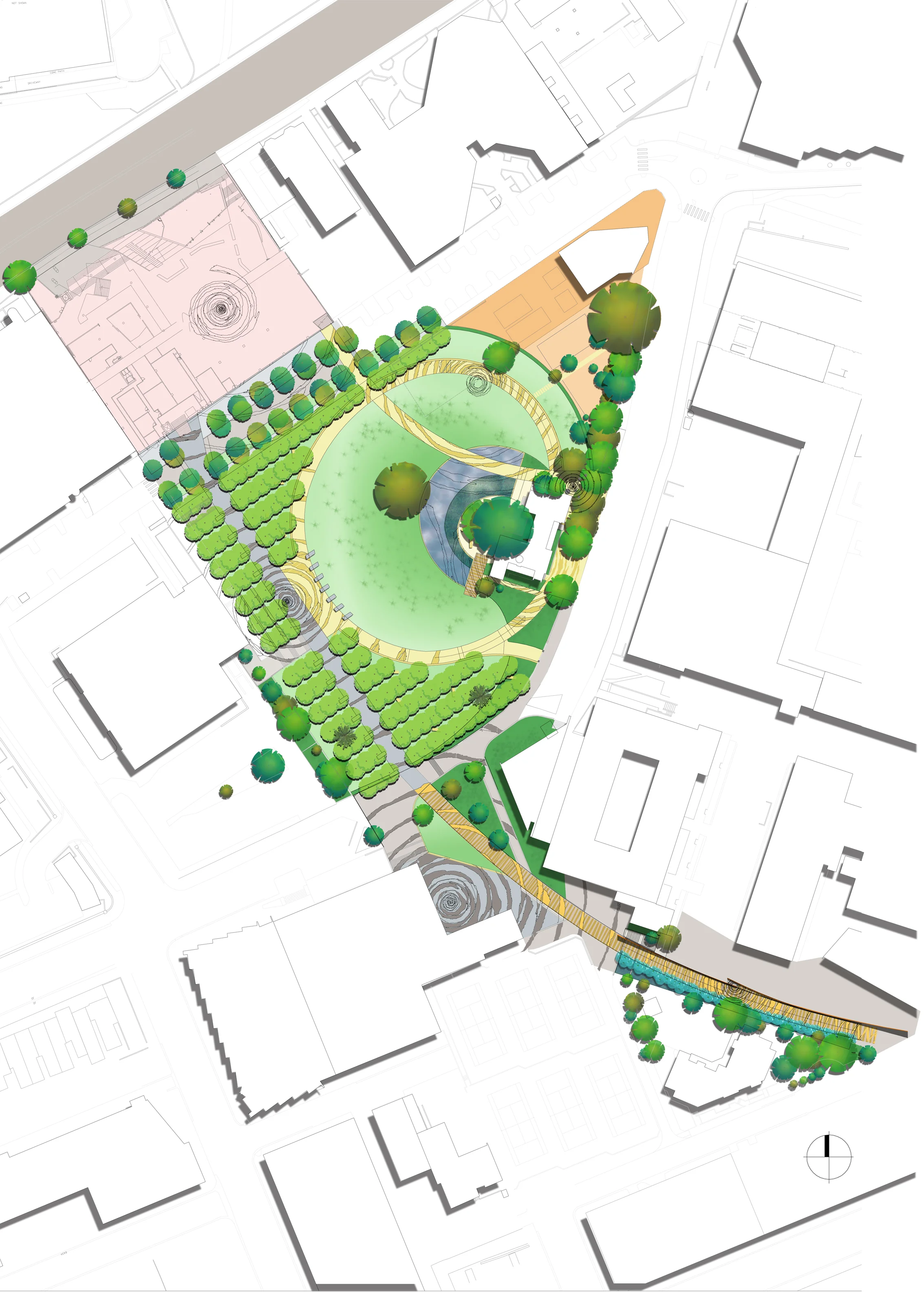The Creative Template
The creative template is a placemaking tool developed to deliver enriched senses of place that are responsive to contemporary expectations of improved, social, economic and cultural integration.
new ecologies of sociability
The public domain is no longer the primary meeting place. It is nested within the virtual web of digital communications. Where place is dispersed, urban developments need to work harder to deliver strong sense of place. They need to promote embodiment – the desire to be and belong together.
endemic cycles of innovation and obsolescence
Where the public domain is systemically mutable, renewable and incomplete, the challenge is to manage change creatively as an opportunity to support dynamic senses of inclusion and participation. Project delivery needs to incorporate the creative potential of the project into the management culture and process. Design excellence is not simply mandated: its principles and practices are incorporated into the inception and roll out of the project.
new expectations of performance
As urban developments compete with a growing variety of mediatised environments and venues, there is pressure to broaden ownership, diversify engagement opportunities and foster emotional identification. Enriched relationships between atmosphere and arrangement need to foster further evolution, incubate further creativity and build responsiveness into the outcome.









































